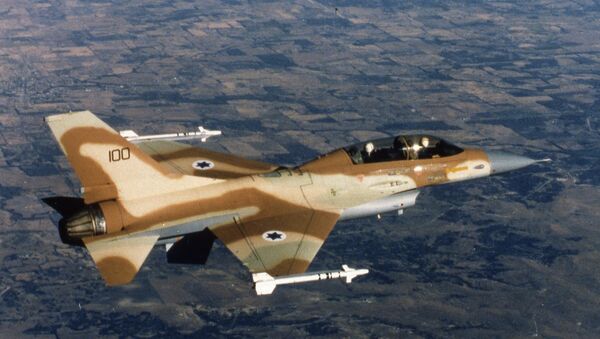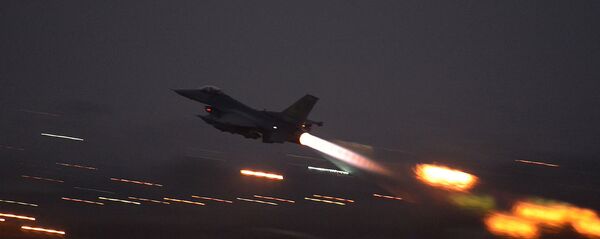A spokesman for the Israeli military claimed that the Israeli Air Force detected the unarmed aerial vehicle (UAV) before it violated airspace over Golan Heights. The Air Force released a statement on July 17 saying that the vehicle was being tracked, but that three attempts to intercept it had failed.
"The aircraft was detected prior to entering the nation’s territory and was fully tracked by the Israel Air Force," according to the statement. "From the initial investigation, it was found that three intercept attempts took place as per procedure. No hit of the target was identified."
The circumstances surrounding the attempted intercepts and the kind of UAV are both being investigated.
"Today’s event was a glimpse of things to come in the event of a major conflict," said Tal Inbar of the Fisher Institute for Strategic Air and Space Studies. Inbar feels that Sunday’s incident shows that Israeli skies aren’t as secure as the military thinks they are.
"In future conflicts, it will be a huge challenge for even the most advanced air defenses to discriminate from all the types of vehicles that will fill the skies," he said. "When the skies will be full of incoming rockets, missiles and air breathing threats, and when our own Iron Dome and David’s Sling interceptors will be saturating the skies, it’s hard to imagine the Israel Air Force allocating manned aircraft to shoot down incoming UAVs."
The task of securing Israel’s airspace falls to Wing 168, a ground-based system of the service’s integrated air-defense network that operates Patriot PAC-2 interceptors, and F-16 air defense fighters.
Prior to 2014, the Patriot missiles were junior partners to IAF troops in joint intercept missions against airborne attacks. In the summer of 2014, Wing 168 Patriot missiles intercepted three UAVs, destroying them in midair, one near the Syrian border and two from Gaza.





